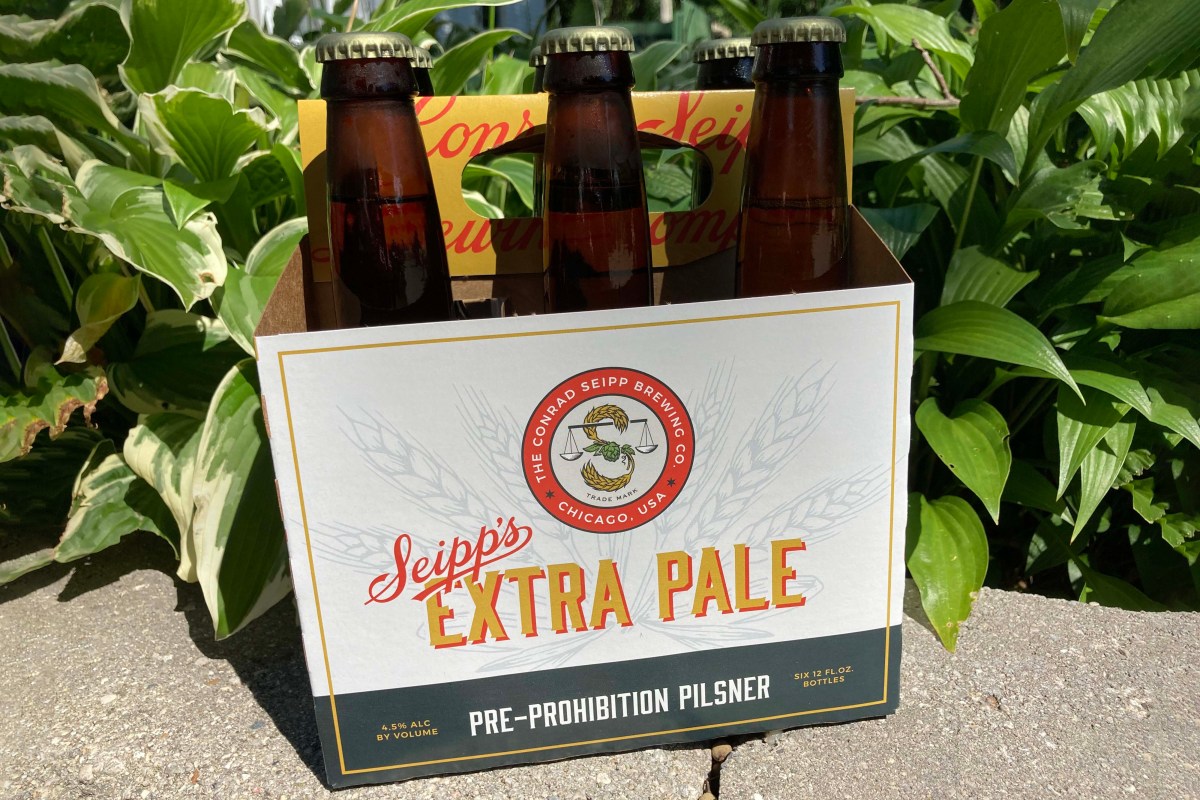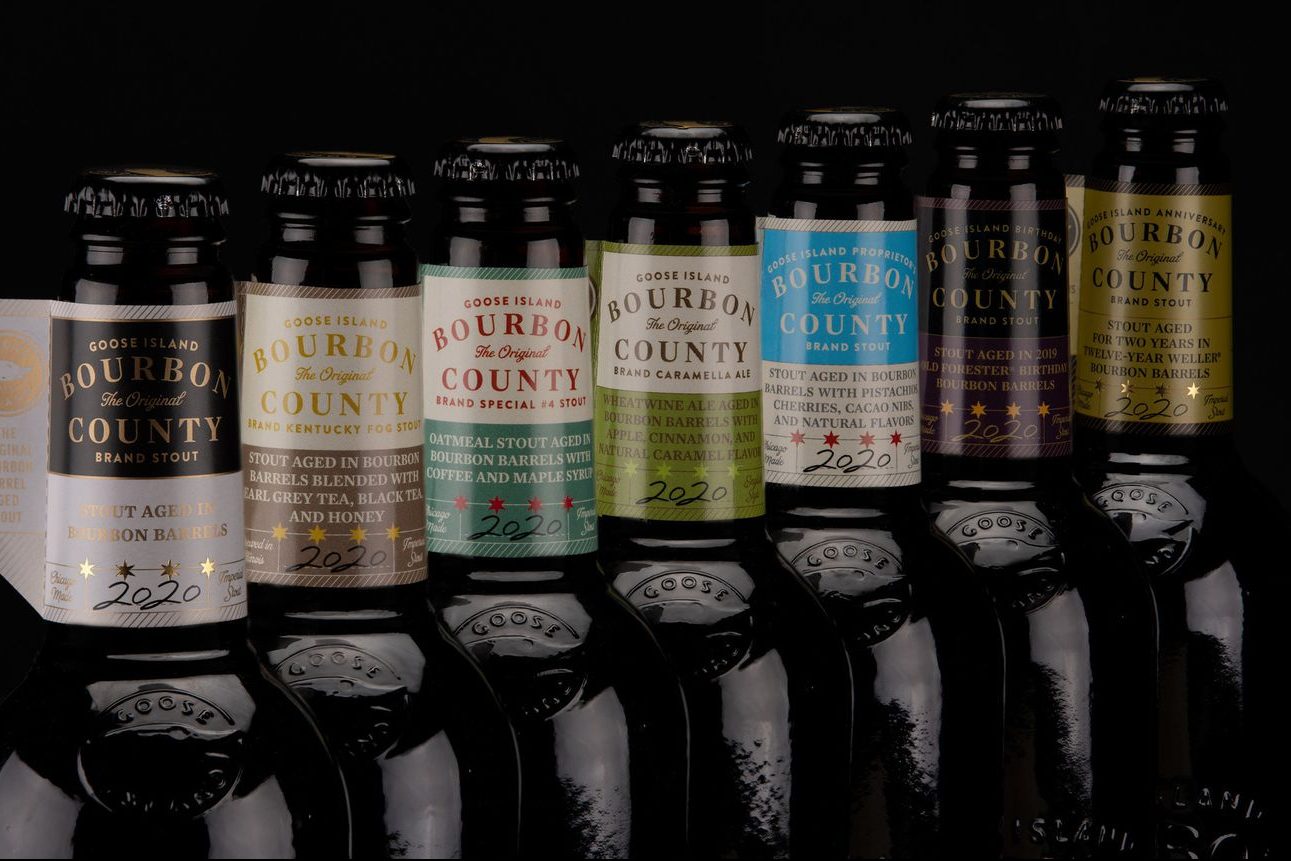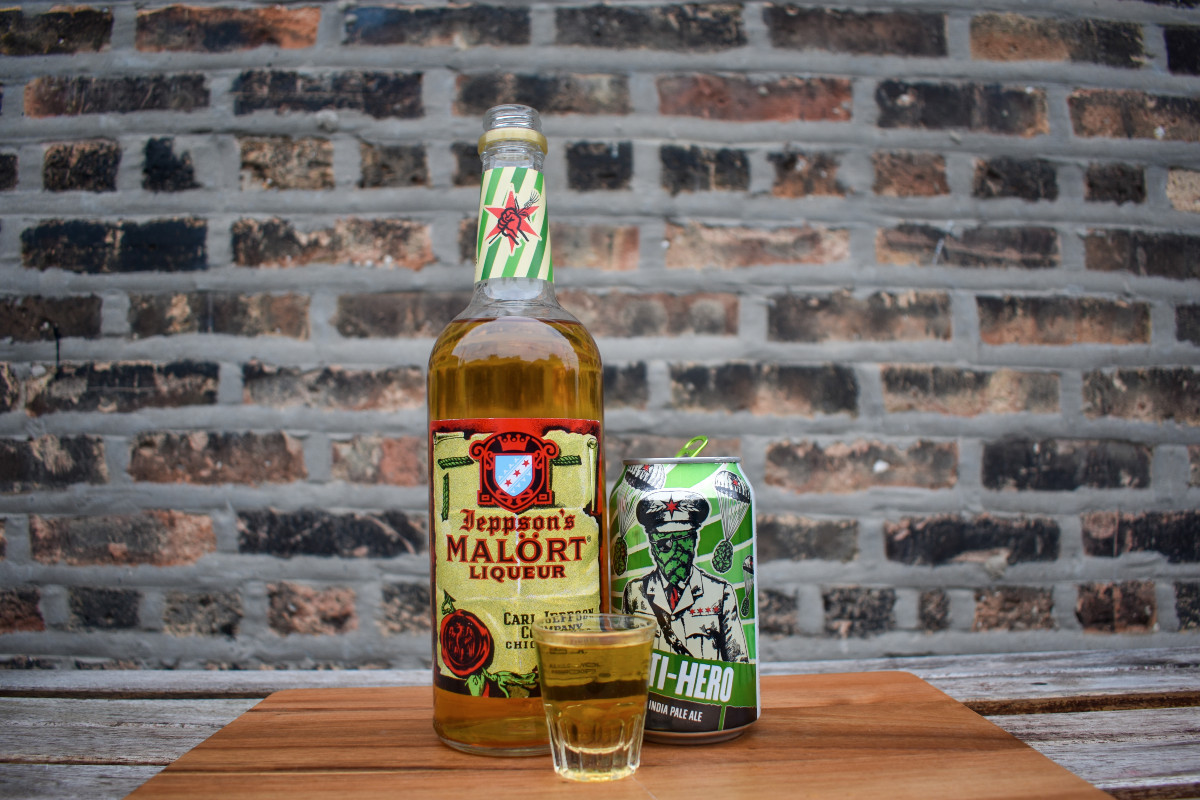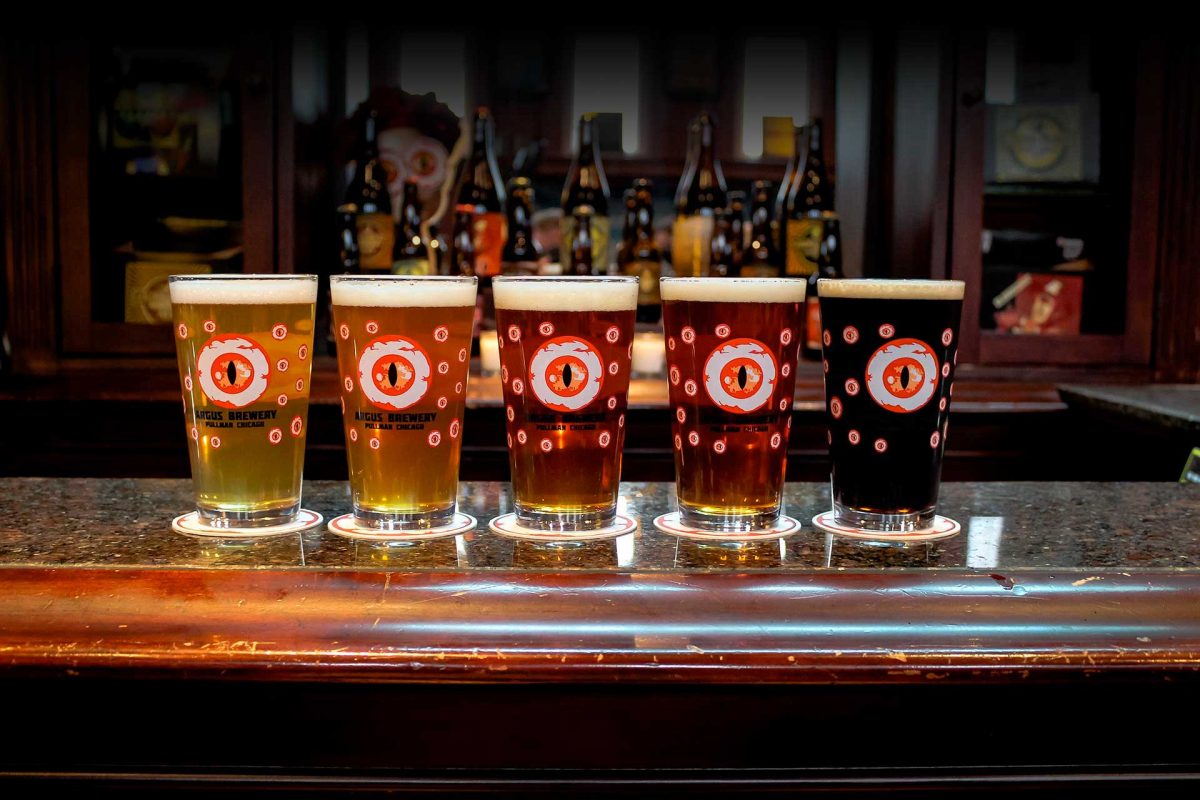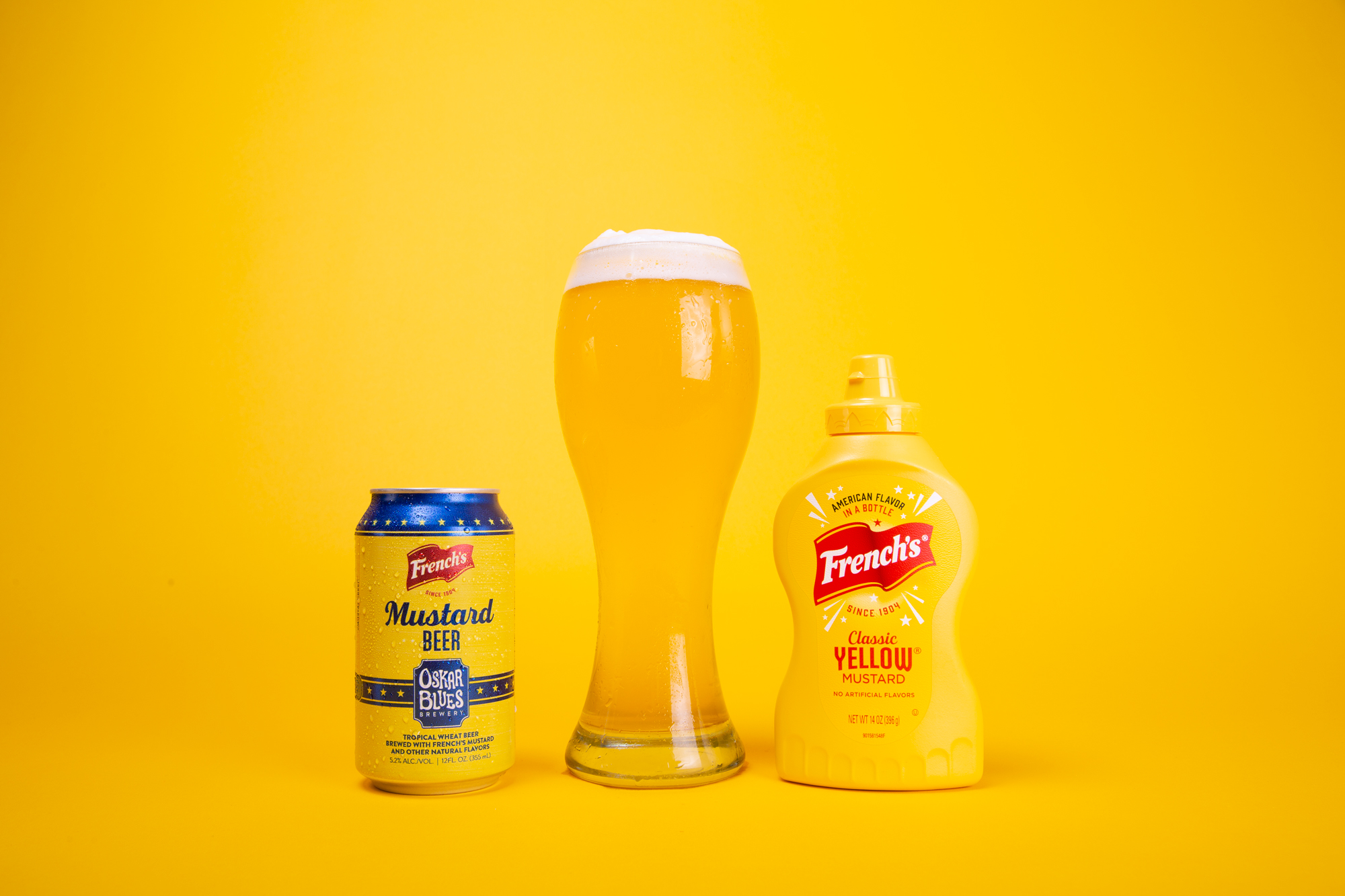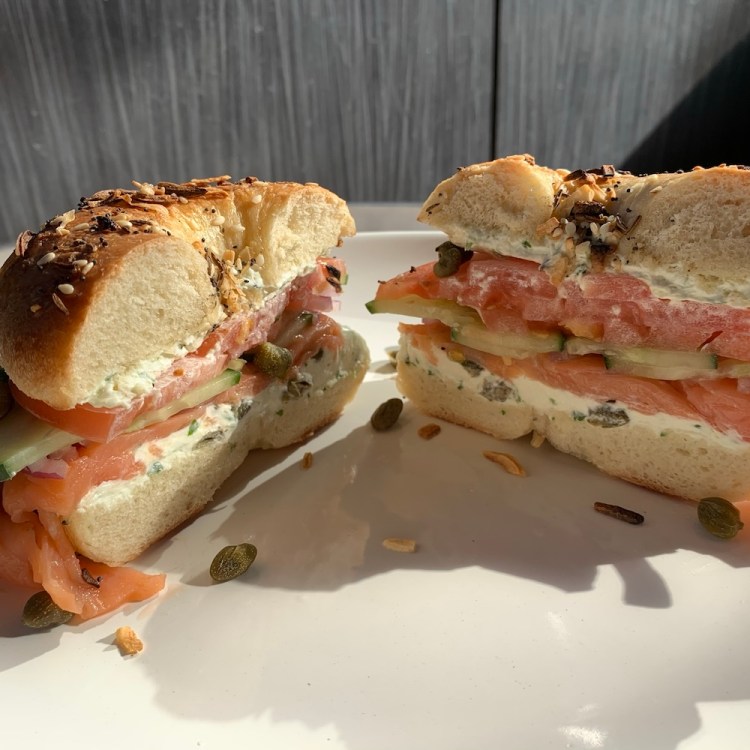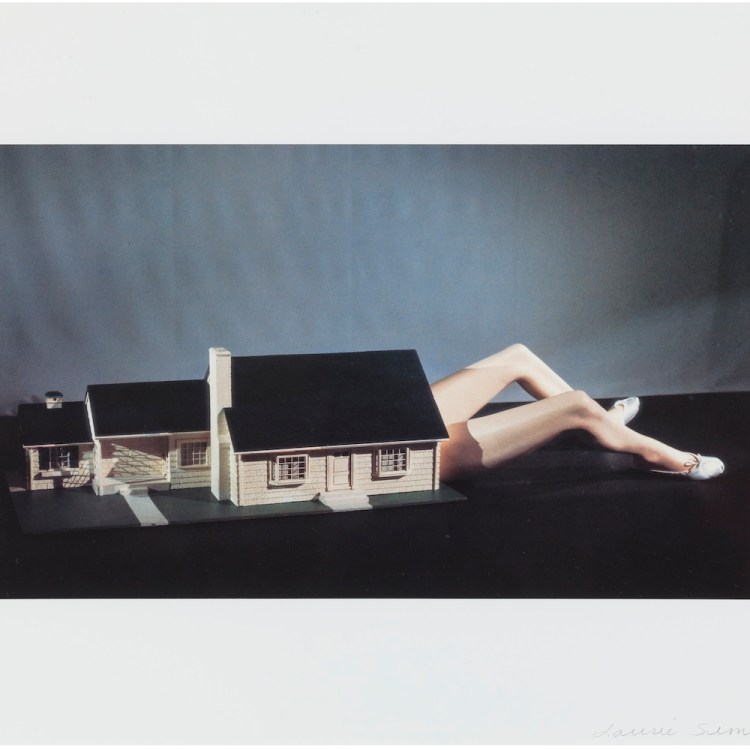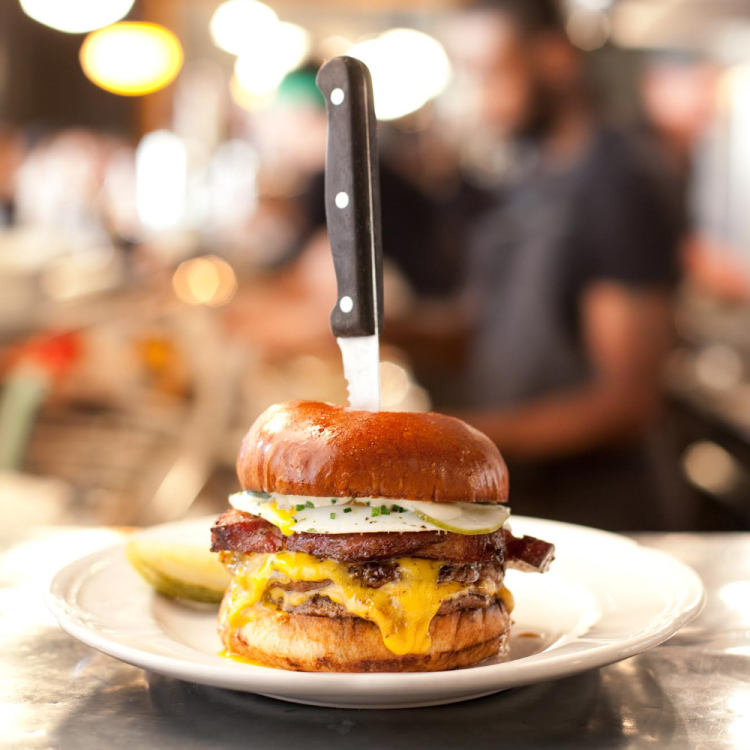Schlitz may have been the beer that made the Midwest famous, but Chicago’s Conrad Seipp wasn’t far behind. In the 1870s, The Conrad Seipp Brewing Company was one of the largest in Chicago, rolling out more than 250,000 barrels from its massive operation at 27th and Cottage Grove.
Coal and grain shortages during World War I didn’t do his business any favors. Neither did the Volstead Act. The brewery shut down for good in 1933, just months before the repeal of Prohibition.
But now Seipp’s great-great-granddaughter, Laurin Mack, is bringing the business back.
“Chicago has an amazing craft beer scene, one of the best and biggest in the country. But what we are is missing is a connection to our very rich brewing history,” suggests Mack. “By reviving Seipp’s beer, I wanted to help fill that gap.”
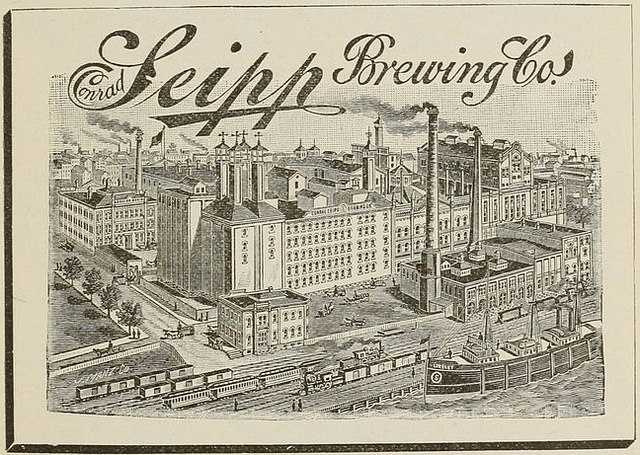
A German immigrant, Seipp began making beer in Chicago in 1854. Although he didn’t maintain a taproom at the brewery, folks didn’t have to go far to grab a glass: Seipp beer could be found in bars across the city.
As one of the few breweries to survive the 1871 fire, Seipp’s was well positioned to take a lead as Chicago rebuilt. And it didn’t hurt that Conrad was an early adopter when it came to new techniques in refrigeration, distribution and marketing. During the 1884 Presidential election, he ran an ad depicting the candidates gathered in a saloon with the line, “Though we may disagree on politics, we agree that Seipp’s beer is the best.”
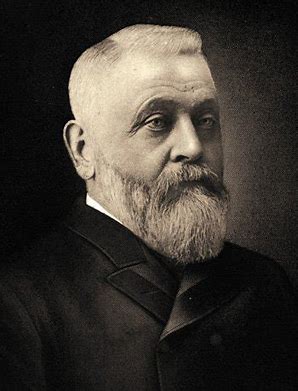
A Virginia native who now calls Chicago home, Mack spent her summers at the summer home Seipp built at Lake Geneva. “I knew that Conrad was a brewer, but I had no idea how much beer his brewery made. It wasn’t until recently, when I started to learn more about Chicago and brewing history, that I began to understand the prominent role he played in the evolution of Chicago beer brewing.”
No brewmaster herself (“I took a couple of classes and made a few batches, which was fun, but the beer I made was terrible”), Mack turned to Doug Hurst and Tracy Hurst of Metropolitan Brewing when it came time to produce a quality product.
“I was connected to Metropolitan Brewing by Liz Garibay, founder of the Chicago Brewseum,” says Mack. “Liz is a historian and knows everyone in the Chicago beer world and everything about Chicago brewing history. She introduced me to Doug and Tracy Hurst, who are known for making fantastic German-style beer.”
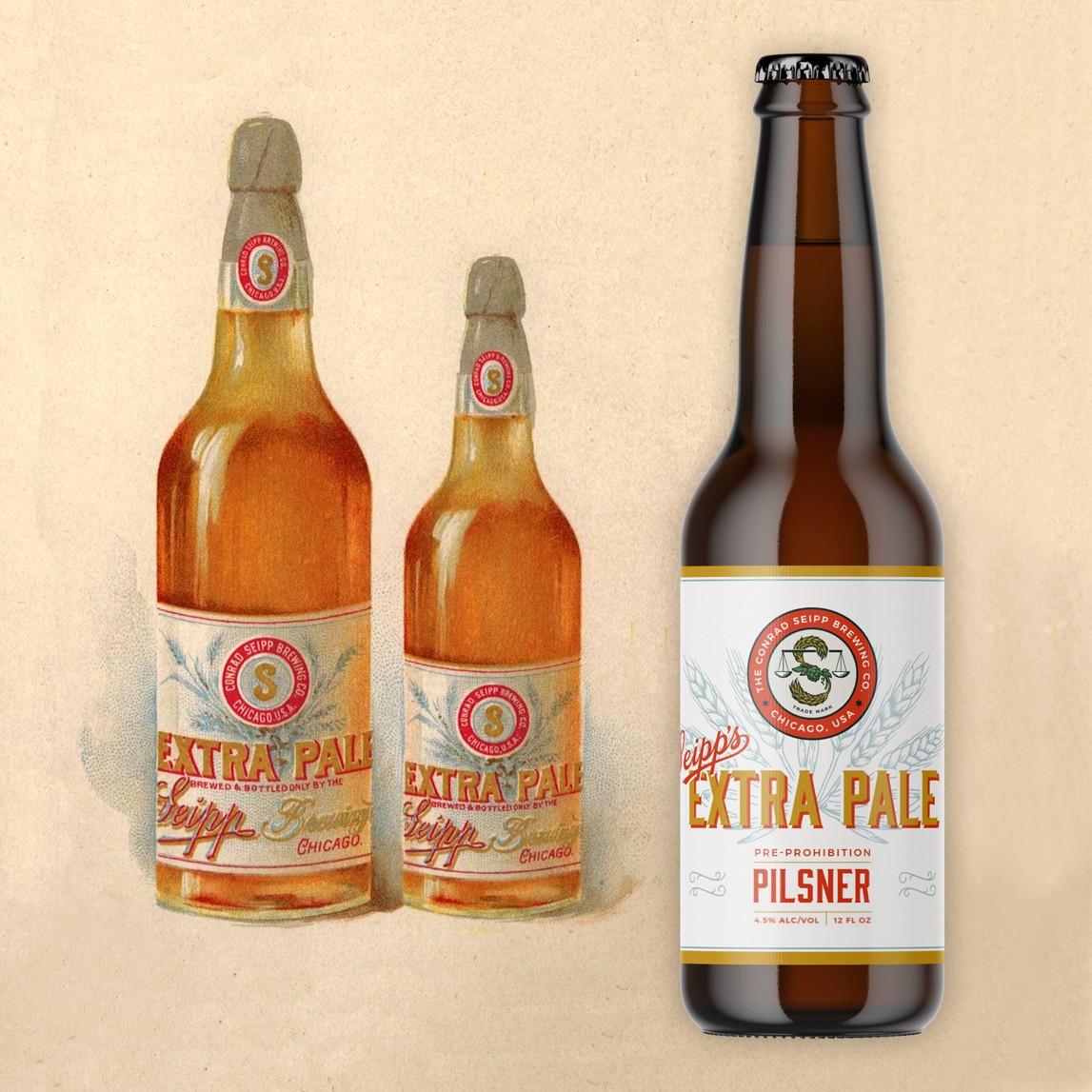
IPAs may rule the craft beer world, but thanks to such behemoths as Anheuser-Busch InBev and its ubiquitous Budweiser, lager is the style of choice in the U.S. Pilsner is a pale lager, but Seipp’s Extra Pale hits the palette a tad differently than some others out there.
“Before Prohibition, American-style Pilsner was slightly stronger and much hoppier than contemporary versions,” notes Doug Hurst. “There are records from other breweries and a general consensus in the industry as to how these beers were made. So we’ve recreated a Pre-Prohibition style Pilsner, based upon ingredients and techniques that would generally have been used in the 1880s.”
Now go forth and sip a little history. Prost!
Join America's Fastest Growing Spirits Newsletter THE SPILL. Unlock all the reviews, recipes and revelry — and get 15% off award-winning La Tierra de Acre Mezcal.
